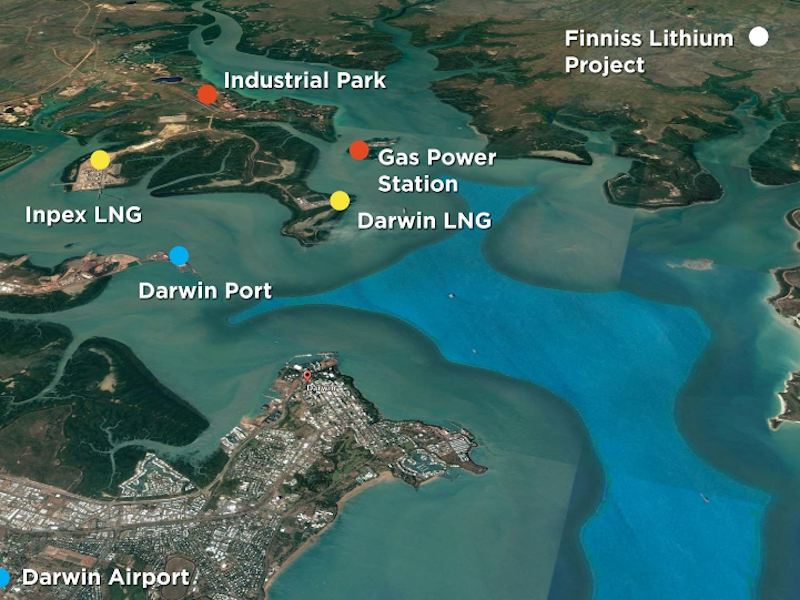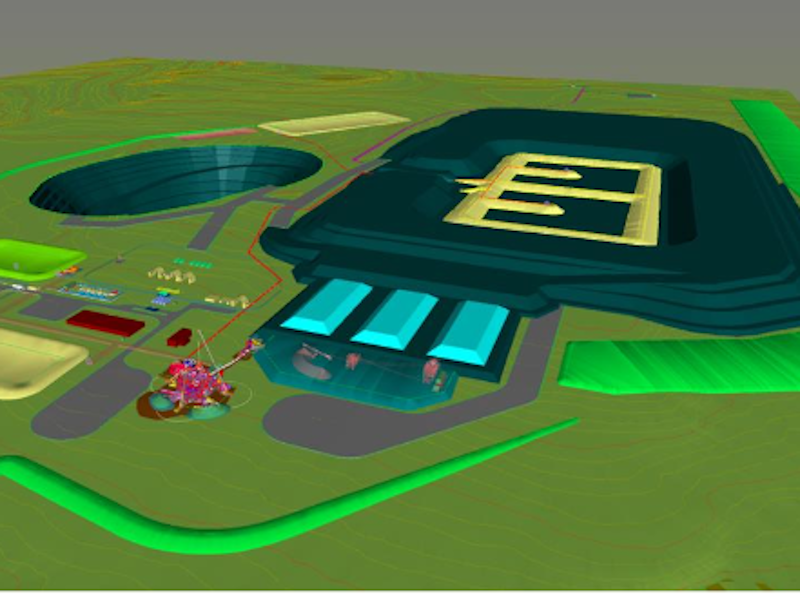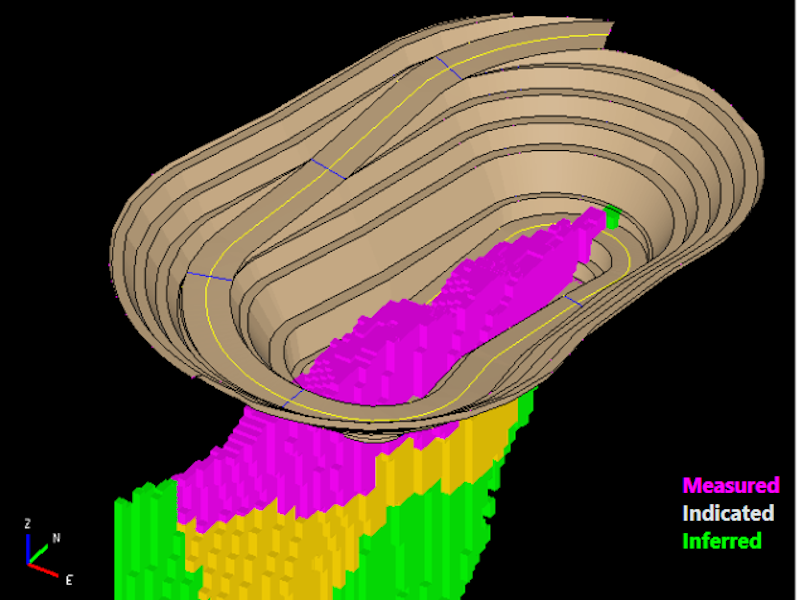The Finniss lithium project is an open-pit spodumene lithium mine along with a processing plant being developed near Darwin, Northern Territory, Australia. Core Lithium is the owner and developer of the project.
It represents one of the highest-grade lithium resources in Australia and is the only fully-permitted lithium project outside Western Australia.
Core Lithium received the approval of the mining management plan (MMP) for the Finniss lithium project from the Northern Territory Government in April 2020.
A definitive feasibility study (DFS) for the project was completed in April 2019. It predicted annual production of 481,018 tonnes (t) of battery-grade lithium concentrate over an initial mine life of 3.5 years, with an estimated capital expenditure of £40m (A$73m).
The construction works on the project are expected to be started in 2020 with the start of production expected in 2021.
Location and deposits
The Finniss lithium project is located within mining lease ML 31726 that covers a total area of 768ha. The mine and process plant will occupy a total area of 251ha.
The project area comprises a total of five deposits namely, Grants, BP33, Sandras, Carlton, and Hang Gong SW.
The current mine development plan is based only on the Grants and BP33 deposits.
Geology and mineralisation
The ore bodies of the Finniss lithium project are characterised as lithium-cesium-tantalum (LCT) pegmatite deposits that are hosted within the Burrell Creek metasedimentary rock formation.
The pegmatites at the deposits comprise lithium-bearing spodumene, quartz, albite, microcline as well as mica. The lithium content found to be consistent across the ore body.
Finniss lithium reserves and resources
The proven and probable ore reserves at the Grants and the BP33 deposits are estimated to be 2.2 million tonnes (Mt) grading 1.4% (Li2O) and containing 32, 200 tonnes of lithium concentrate.
The total measured, indicated and inferred resources in the five deposits within the Finniss lithium project area are estimated to be 8.85Mt, grading 1.3% Li2O and containing a total of 119,700t of lithium oxide.
Mining and ore processing
The conventional open-pit mining method will be employed for extracting spodumene-bearing pegmatite from the Grants and BP33 deposits.
The Grants deposit will be mined in two stages including the initial pit followed by a final cut back, while the BP33 will be mined in a single stage. Mining at both the pits will be carried out with 5m bench heights and 2.5m flitches.
The run-of-the-mine (ROM) ore will be delivered to a nearby processing plant where it will pass through four-stage crushing and four-stage dense media separation (DMS) for the recovery of spodumene concentrate.
The processing plant will have the capacity to treat one million tonnes (Mt) of spodumene-bearing pegmatite a year.
The Spodumene concentrate produced at the plant will be packaged and transported to the nearby Darwin Port for shipping to customers.
Off-take agreement
Yahua International Investment and Development, a wholly-owned subsidiary of China-based Sichuan Yahua Industrial Group, will off-take 75,000t of Li2O concentrate a year from the Finniss lithium project under an agreement signed with Core Lithium in December 2017.
Infrastructure facilities
The Finniss lithium project is located approximately 500m away from an existing sealed road connecting the Darwin Port, while Darwin Airport is an hour drive from the project site.
The water for the project will be sourced from an existing water dam located approximately 4km away from the project site.
The electricity supply for the project will be sourced from an existing 310MW gas-fired power station located at a distance of 15km.
Contractors involved
SRK Consultants provided geotechnical services, while Dr. Graeme McDonald provided a mineral resource estimate for the project.
Primero provided the process plant and project infrastructure design, while TME was engaged for mine design, planning, and scheduling services.





